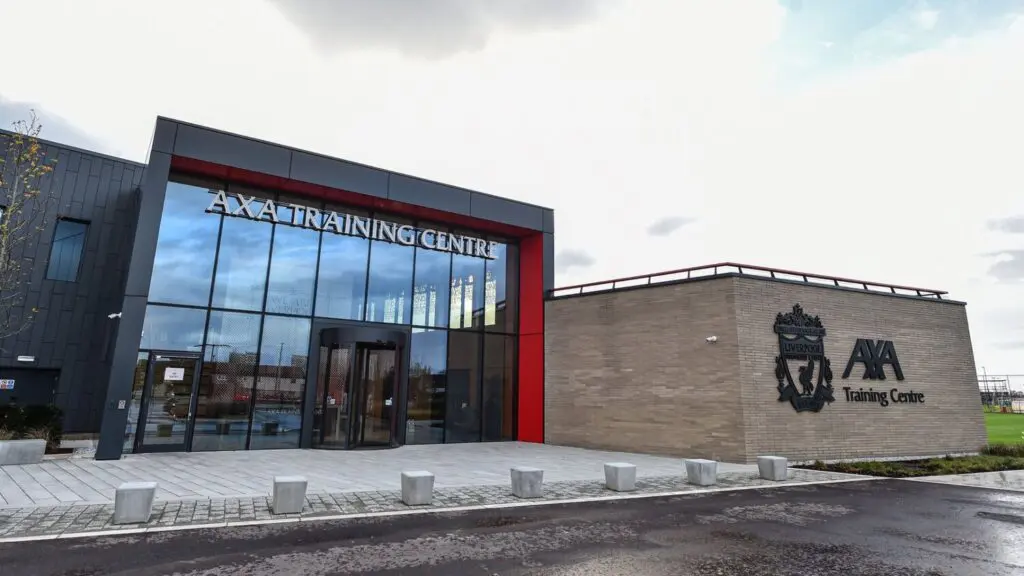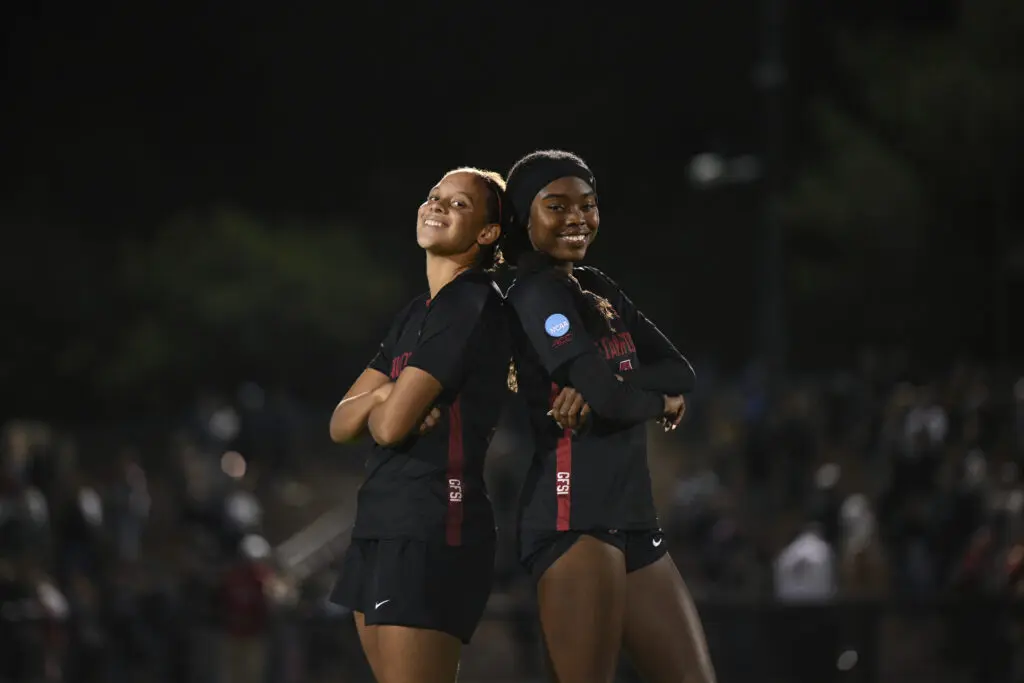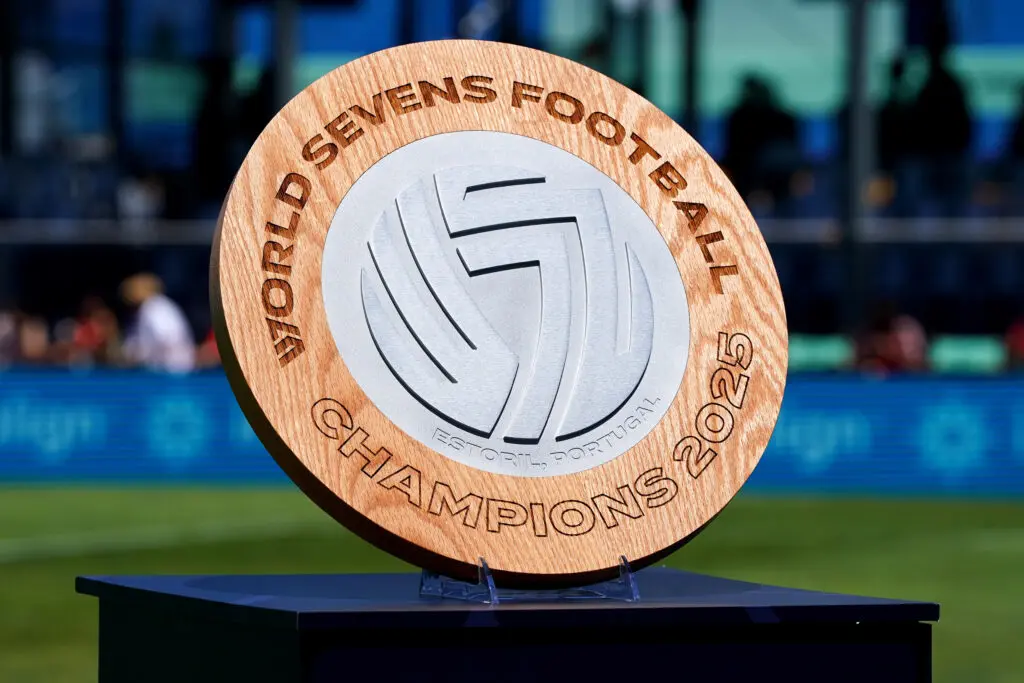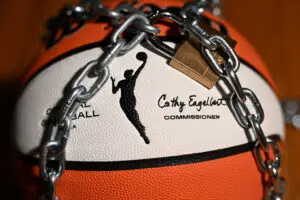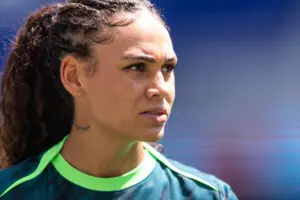Back in 2017, Liverpool F.C. announced that it would be expanding its academy training ground in Kirkby so that the men’s first team would train alongside the reserves. The men’s first team, who at the time trained at Melwood, would be welcomed to the AXA Training Centre after a £50 million 9,200 square metre building was added which included ultramodern facilities: full-size gyms, a swimming pool, sports rehabilitation suites for those recovering from injuries, a tennis court, press conference facilities, in-house television studios, and more.
Inside Liverpool's new AXA Training Centre ???? pic.twitter.com/RfdSQiZhN1
— Liverpool FC News (@LivEchoLFC) November 17, 2020
The original plan was to have the first team move to the new training ground before the start of the 2020/21 season, but the delays in construction due to the pandemic pushed back the move date to November.
Liverpool's new AXA Training Centre in Kirkby has been officially opened this morning.
— Caoimhe O'Neill (@CaoimheSport) November 17, 2020
Today is the first time #LFC will train as a squad at the £50m complex - 722 days after construction first began on the facility.https://t.co/EJ4IzrmL83
The men’s first team had their first training session on November 17th. Based on videos, pictures, and quotes from head coach Jürgen Klopp, other members of the coaching staff, and the players, it has exceeded all their expectations, not only regarding the amenities but simply the sheer size of the training centre.
You’d think that with all its unique features, The AXA Training Centre, which is considered by many, one of the best training centers for a football club in the world, would have enough room for the women’s team. Unfortunately, the club deemed that the women’s team would stay put at their current training ground. The Campus, as it’s called, is shared with Tranmere Rovers’ men’s team, a team that now plays in League Two, the fourth tier of men’s football in England. Liverpool’s women’s team likewise plays their home matches at Prenton Park, the home ground of Tranmere’s men’s team. It seems that Tranmere Rovers are doing more for Liverpool’s women team than Liverpool themselves.
A lack of effort being put into its women’s team isn’t something new for Liverpool. The team remains significantly underfunded, and multiple players have left the club in recent years saying they hope to rediscover the joy of football.
Back in 2018, Siobhan Chamberlain left the club after the end of her contract. In her goodbye message, she stated “It’s important to me that I’m in an environment that challenges me every day and one where I can enjoy playing football. I also want to know I am part of a project that’s doing the most it can to develop the women’s game.”
Thank you @LFCladiesfans. pic.twitter.com/GNcXUPbaKO
— Siobhan ⚽️???????? (@Sio_Chamberlain) May 18, 2018
Chamberlain was just the first of many players who felt a lack of support from the club. Once Casey Stoney, a former Liverpool player, became manager of Manchester United, she was able to attract Chamberlain, as well as six other Liverpool players to United: Alex Greenwood, Martha Harris, Naomi Hartley, Emily Ramsey, Lucy Roberts, and Amy Turner. For that many players to leave a club in the FAWSL for a club then in the FA Women’s Championship further confirmed that things were not going well for Liverpool.
Flash forward to 2020, and many players have left the club echoing the words of Chamberlain. Christie Murray stated that she wanted to work in an environment that challenges her and that she wanted to enjoy doing what she loved again.
1/2 As my two years at Liverpool come to an end, I just want to thank my team mates and the fans for their incredible support over both seasons. pic.twitter.com/QpmcNo26pb
— Christie Murray (@christiemurray7) May 30, 2020
Fran Kitching stated that she couldn’t wait to enjoy the game that she loved again and truly be happy.
Excited for my next chapter...???? pic.twitter.com/Li1khh1si8
— Fran Kitching (@FranKitching) June 2, 2020
Courtney Sweetman-Kirk wanted a new environment that challenged her as a person and a player, and a new club that would allow her to have a smile on her face.
— Courtz Sweetman-Kirk ???? (@_CSK9) May 23, 2020
Sweetman-Kirk expanded on this in an interview with Sky Sports, stating that “There has been a slow but definite decline in terms of maybe the investment that the club is getting [in comparison] from the men’s side,” and that she felt that “how you make people feel and what your place is within the club as a whole hasn’t been fantastic.”
Players are not the only ones speaking out. Neil Redfearn, who was hired in early June of 2018 to rebuild the team, quit in September of the same year, after just one game in charge. It’s also been heavily reported that Liverpool are understaffed when it comes to the women’s team. In 2019, only ten people were listed as full time workers, with the rest of the coaching staff and players only listed as part-time workers. Liverpool is one of the most successful clubs in England, and with success comes revenue and profit. Enough to pay everyone full-time salaries.
These problems have affected performances on the pitch; earlier this year, while the men’s team was celebrating their first Premier League title in 30 years, the women’s team, who won the league back to back in 2013 and 2014, was relegated to the FA Women’s Championship. They currently sit 4th in the table, and it is unlikely that they’ll be promoted back to the FAWSL for the 2021/2o22 season.
It further hurts to see Liverpool in this position when other clubs in both the FAWSL and the FA Women’s Championship are drastically upping their support of their women’s sides. Most of these teams either have their women’s teams train in the same facilities as the men’s team or they have an equally impressive training ground separate for them. These teams have put in the investment, and their progress has shown on the pitch.
Arsenal, Chelsea, and Manchester City are now the ‘Big Three’ in the FAWSL, having alternated league titles since Liverpool last won in 2014. They have some of the best players and coaches in the world, all of whom are on full-time contracts. Everton and Manchester United have recently put more investment in their respective women’s teams as well, and this season, they’re giving the ‘Big Three’ their first real competition in years, with United currently sitting first in the table, and Everton in fourth, ahead of Manchester City.
LFC have maintained the ethos “Two teams, one club” when discussing the relationship between the men’s and women’s team, but their actions fail to show that is the case. It’s easy to preach the words “You’ll Never Walk Alone,” but in practice, that’s exactly what the Liverpool women have been forced to do.
Two teams. One club. ♥️
— Liverpool FC Women (@LiverpoolFCW) October 1, 2019
???? @LFC x #LFCWomen ???? pic.twitter.com/3mMZdYg9FR
